Space News
Livescience
424
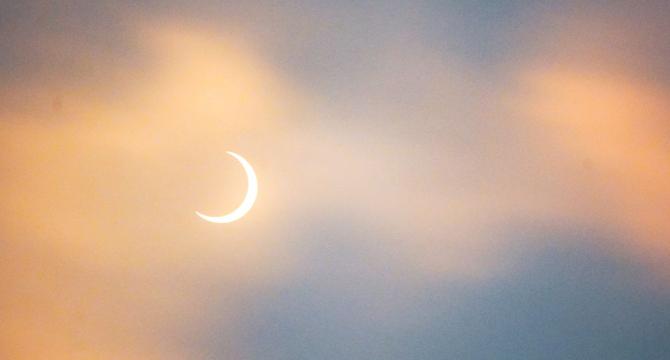
Image Credit: Livescience
March 29 solar eclipse: Where and when to see the rare sunrise solar eclipse from North America
- On March 29, a deep partial solar eclipse will occur in eastern Canada and the northeastern U.S.
- The eclipse will be visible at sunrise and shortly after in North America, Greenland, Iceland, Europe, and northwest Africa.
- The best viewing locations include northern Quebec, Maine, and New Brunswick.
- Proper eye protection is required when observing the partial solar eclipse.
Read Full Article
25 Likes
Nasa
35
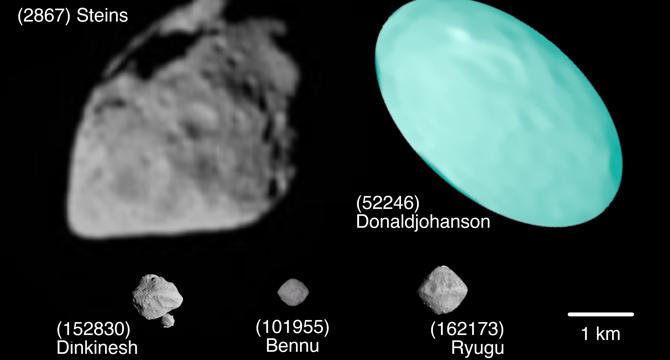
Image Credit: Nasa
New Modeling Assesses Age of Next Target Asteroid for NASA’s Lucy
- New modeling suggests that the asteroid Donaldjohanson, which will be encountered by NASA's Lucy spacecraft, may have been formed about 150 million years ago when a larger parent asteroid broke apart.
- Donaldjohanson appears to be a peculiar object, quite elongated and a slow rotator, possibly due to thermal torques that have slowed its spin over time.
- The data collected during the flyby of Donaldjohanson could provide insights on the asteroid's shape, surface geology, and cratering history, and help explain its peculiarities.
- The asteroid Donaldjohanson is a member of the Erigone collisional asteroid family and is expected to have distinct characteristics compared to the previously visited asteroids Ryugu and Bennu.
Read Full Article
2 Likes
Hackaday
348
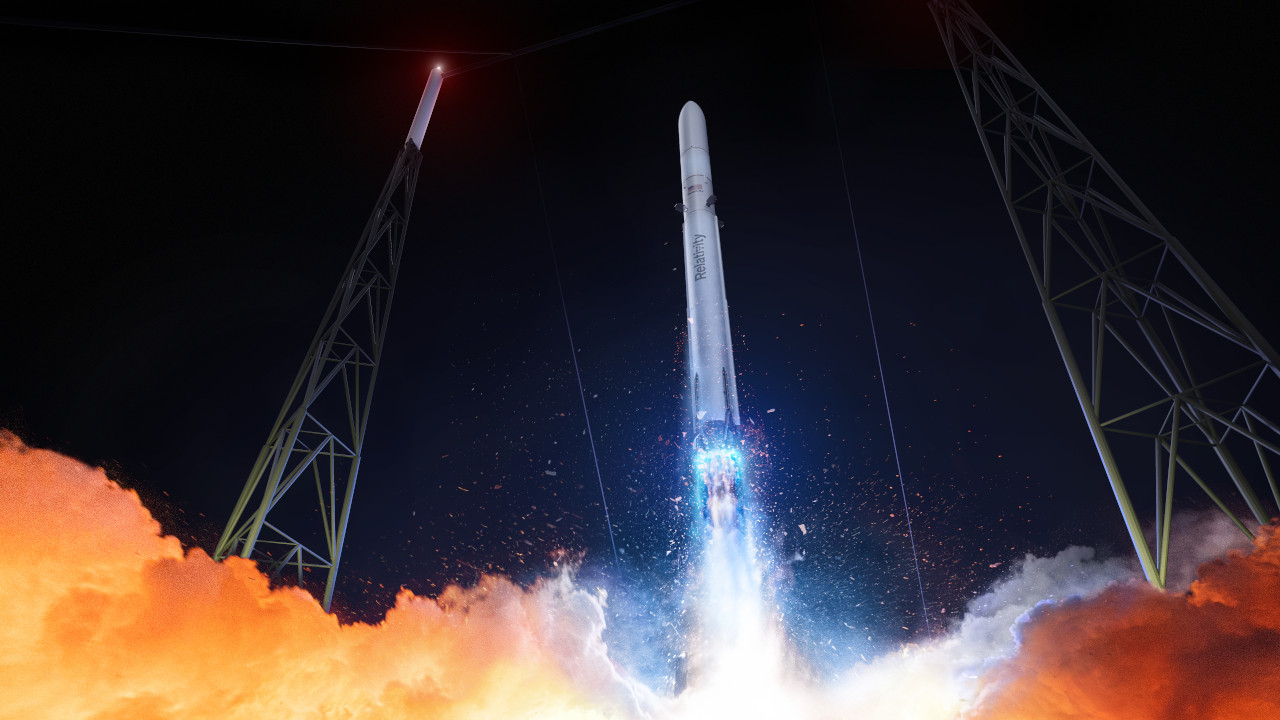
Image Credit: Hackaday
Relativity Space Changes Course on Path to Orbit
- Relativity Space initially aimed to be the first to send a 3D printed rocket into orbit, with plans to print an entire rocket using huge printers for faster and cheaper production.
- By March 2023, their first rocket, Terran 1, with 85% of its mass being 3D printed parts, was set for launch.
- Despite Terran 1 not reaching orbit due to a second-stage engine issue, Relativity Space proved the viability of 3D printed rockets.
- After a leadership reshuffle, with former Google chief Eric Schmidt taking over as CEO, the focus shifted away from 3D printing for the new Terran R rocket.
- Terran R's design now involves outsourcing critical components like tank domes and COPVs to established aerospace companies for faster development.
- Although Relativity Space had aimed to 3D print the tank domes, production speed limitations led to outsourcing this aspect.
- They continue to prioritize 3D printing the Aeon R engines for rapid design improvements and cost-effective production.
- The company's strategy now aligns with industry norms by using additive manufacturing when beneficial and opting for traditional methods when more efficient.
- Relativity Space's revised approach aims for timely launch readiness to compete with established commercial providers, prioritizing efficiency and strategic collaborations.
- Partnering with outside firms for critical components, the company is pushing towards a balance of additive and traditional manufacturing methods for efficient rocket development.
Read Full Article
20 Likes
Nasa
357

Image Credit: Nasa
NASA’s Webb Images Young, Giant Exoplanets, Detects Carbon Dioxide
- NASA's James Webb Space Telescope has captured images of gas giant planets within the HR 8799 system, revealing significant amounts of carbon dioxide gas.
- The observations suggest that the planets in HR 8799 formed similar to Jupiter and Saturn, through the process of core accretion.
- This discovery showcases Webb's ability to analyze exoplanet atmospheres through imaging, complementing its spectroscopic capabilities.
- The HR 8799 system, located 130 light-years away, is a young planetary system that emits substantial infrared light.
- Webb's images of HR 8799 and 51 Eridani were made possible by the NIRCam coronagraph, which blocked light from stars to reveal the planets.
- The research team aims to determine whether the observed objects are giant planets or brown dwarfs through further detailed observations.
- HR 8799's planets contain more heavy elements than previously believed, indicating intriguing formation processes.
- The James Webb Space Telescope is crucial in gaining insights into exoplanetary systems and our place in the universe.
- Understanding exoplanetary systems like HR 8799 could offer comparisons to our own solar system and shed light on planetary formation.
- Webb's capabilities enable the study of both outer and inner planets of directly imaged systems, opening avenues for exciting new research.
Read Full Article
21 Likes
Discover more
Earthsky
438

Image Credit: Earthsky
A rare and elusive frog found again after 130 years
- A team of scientists from the University of Concepción and the University of Valparaíso in Chile rediscovered the frog Alsodes vittatus after no known sighting of them for 130 years.
- The Alsodes vittatus frog was first spotted in 1893 by Philibert Germain, a French entomologist, and was described scientifically by Rodolfo Amando Philippi.
- The rediscovery of Alsodes vittatus highlights the limited knowledge of amphibians in the southern cone of South America and emphasizes the need for their study and conservation.
- The rare frog, which could be considered endangered, presents several significant threats to its survival.
Read Full Article
26 Likes
Livescience
147
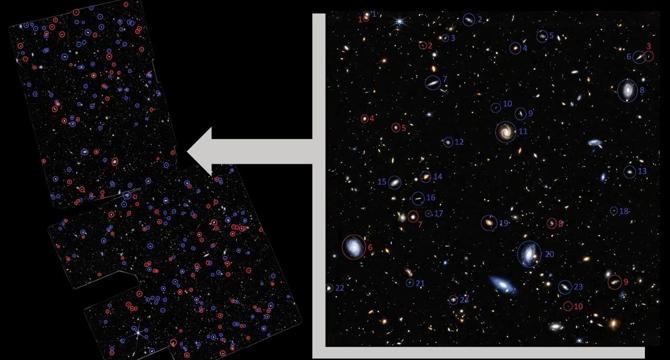
Image Credit: Livescience
Is our universe trapped inside a black hole? This James Webb Space Telescope discovery might blow your mind
- The James Webb Space Telescope (JWST) has discovered that a majority of early galaxies in deep space are rotating in the same direction, hinting at a potential profound connection to the birth of the universe.
- This discovery challenges the expectation of random galactic rotation and suggests a preferred direction for the rotation of galaxies, raising questions about the origins of the universe.
- The findings from the JWST Advanced Deep Extragalactic Survey indicate a strange coordination in the rotation of 263 galaxies, leading to speculation about the universe being born in a rotating state, possibly within a black hole.
- Black hole cosmology proposes that our observable universe could be nested inside a black hole within a larger parent universe, presenting the idea that each black hole could potentially be a gateway to a new universe.
- Polish theoretical physicist Nikodem Poplawski's theory suggests that the singularity within black holes undergoes a bounce, leading to the creation of expanding universes, explaining the Big Bang and cosmic inflation.
- According to Poplawski's theory, each black hole could link to a new universe through a wormhole, potentially indicating that our universe is within a black hole from another universe.
- The observed coordinated rotations of galaxies by the JWST align with the concept of universes originating from rotating black holes, supporting the idea of black holes creating new universes.
- The possibility of a preferred axis in the universe could be explained by a universe born within a rotating black hole, influencing galactic rotation dynamics in alignment with the black hole's axis of rotation.
- The JWST's findings challenge previous assumptions and may require a re-evaluation of distance measurements in cosmology to account for the impact of the Milky Way's rotation on observations, potentially shedding new light on cosmological mysteries.
- This research was published in the Monthly Notices of the Royal Astronomical Society and raises intriguing possibilities about the interconnectedness of black holes, galactic rotations, and the fundamental nature of our universe.
Read Full Article
8 Likes
Knowridge
330

Image Credit: Knowridge
Black holes: not the end, but a new beginning? Scientists explore the mystery of white holes
- A new study from the University of Sheffield suggests that black holes might lead to white holes.
- Instead of being crushed out of existence, matter inside a black hole could transform into a white hole.
- White holes are theoretical objects that expel matter, energy, and time back into the universe.
- The study connects black holes to dark energy and raises intriguing questions about the nature of time and the possibility of a new universe beyond a white hole.
Read Full Article
19 Likes
Astronomynow
174

The Lithium Problem
- The Big Bang hypothesis has been invalidated in regard to the abundance of lithium.
- Stars with lower iron content show significantly less lithium than predicted by the Big Bang theory.
- A recent study discovered that lithium abundance in the interstellar medium contradicts the Big Bang's predictions.
- The findings support the non-expanding universe model and call for a reassessment of cosmological assumptions.
Read Full Article
10 Likes
Astronomynow
429

Discover the many fascinating moons of our Solar System
- National Geographic's The Atlas of Moons is an interactive experience that allows anyone to explore the diverse moons of the solar system.
- With nearly 200 moons depicted, each with their own unique characteristics, the project showcases the exotic worlds that exist within our solar system.
- The challenge of transforming traditional flat maps into interactive 3-D models was overcome by using a blend of old-school cartography techniques and cutting-edge web technology.
- The Atlas of Moons offers a user-friendly design with scrollable and skimmable content, allowing both casual explorers and space enthusiasts to delve into specific scientific themes and gain detailed insights.
Read Full Article
25 Likes
Eu-Startups
259

Adara Ventures announces first close of €100 million Adara Ventures IV Fund
- Adara Ventures, the Madrid-based VC firm, has announced the first close of its fourth flagship fund, AV4, with a target of €100 million in capital commitments.
- AV4 reinforces Adara Ventures' focus on strategic sectors including cybersecurity, applied AI, digital infrastructure, hardware components, digital health, and space.
- The firm has also secured over €140 million in commitments for Adara Ventures Energy (AVE), its Pan-European fund dedicated to energy transition technologies.
- Adara Ventures has invested in over 50 companies, including notable exits such as AlienVault, PlayGiga, and Seedtag.
Read Full Article
15 Likes
Guardian
26
Image Credit: Guardian
Our brightest star can lead us to Orion’s hunting dog
- The brightest star in the night sky can lead us to a less obvious constellation called Canis Major, the Great Dog.
- Canis Major was included in Ptolemy's list of 48 constellations and is still used as a reference for the division of the northern and equatorial skies.
- The constellation can be found by following Orion's belt, which points towards the brilliant dog star, Sirius.
- From the southern hemisphere, Canis Major can be seen high in the sky during the evening, facing north-west near the zenith.
Read Full Article
1 Like
Digitaltrends
250

Image Credit: Digitaltrends
Cool time-lapse shows SpaceX Crew-10 arriving at space station
- Space station astronaut Don Pettit has shared a cool time-lapse of SpaceX’s Crew-10 Crew Dragon spacecraft arriving at the orbital facility on Sunday.
- The footage shows the capsule approaching the docking port on the International Space Station (ISS).
- The four astronauts aboard the Crew Dragon began their journey atop a SpaceX Falcon 9 rocket on Friday.
- The arrival of Crew-10 paves the way for the return of NASA astronauts Butch Wilmore and Suni Williams.
Read Full Article
15 Likes
Knowridge
143

Image Credit: Knowridge
Galaxies in the deep universe spin in the same direction, study finds
- A new study using NASA's James Webb Space Telescope has found that most galaxies in the deep universe rotate in the same direction.
- Out of 263 galaxies observed, approximately two-thirds rotated in one direction while one-third rotated in the opposite direction.
- This discovery challenges our understanding of the universe and raises questions about its origins and the accuracy of our measurement techniques.
- Possible explanations include the notion that the universe itself was born spinning or the potential impact of the Doppler shift on how we observe distant galaxies.
Read Full Article
8 Likes
Knowridge
438
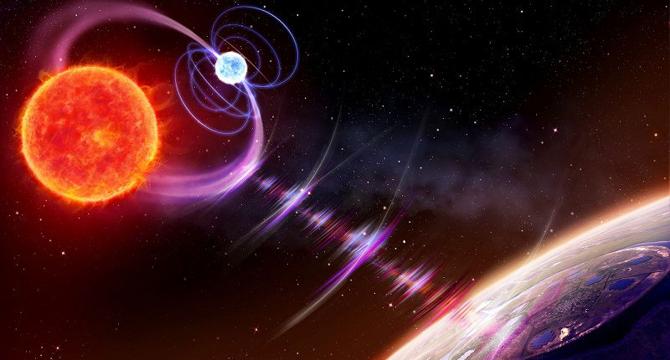
Image Credit: Knowridge
Scientists discover radio pulses from white and red dwarf star duo
- Astronomers have discovered radio pulses emitted from a pair of stars, a white dwarf and a red dwarf, every two hours.
- Scientists confirm the source of the signals through observations using multiple telescopes.
- This discovery breaks the assumption that only neutron stars can produce powerful radio bursts.
- Further research will focus on studying the ultraviolet light emitted by the star duo to learn more about their properties.
Read Full Article
26 Likes
Digitaltrends
89
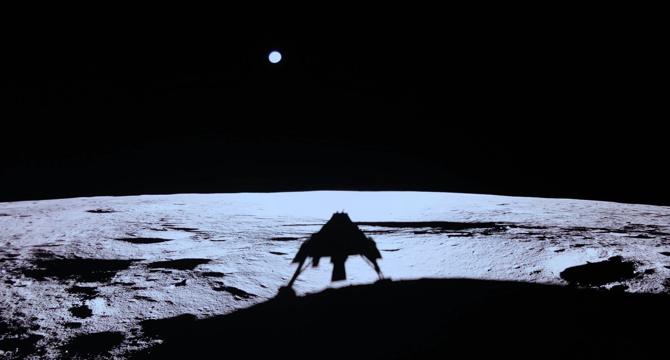
Image Credit: Digitaltrends
Read Blue Ghost’s final message as it signs off from the moon
- Firefly Aerospace's Blue Ghost mission to the moon has officially ended.
- The lander made its last communication with the mission team before going silent on the lunar surface.
- Blue Ghost became the first commercial lander to successfully achieve a soft moon landing at first attempt.
- It conducted scientific experiments and collected data to aid future lunar missions and archaeology of Earth's magnetic field.
Read Full Article
5 Likes
For uninterrupted reading, download the app